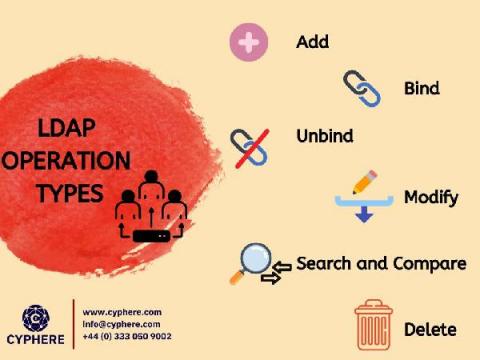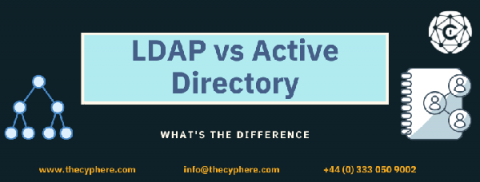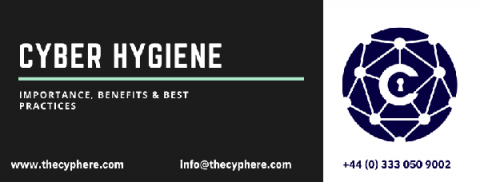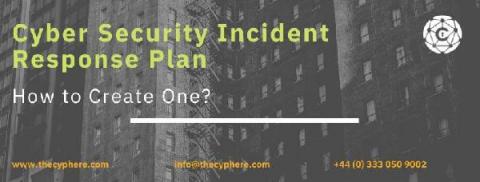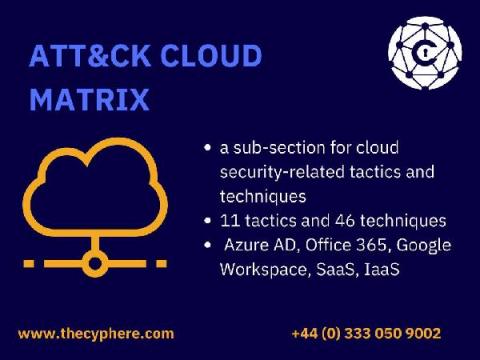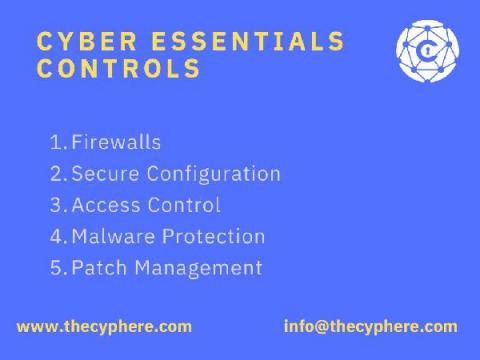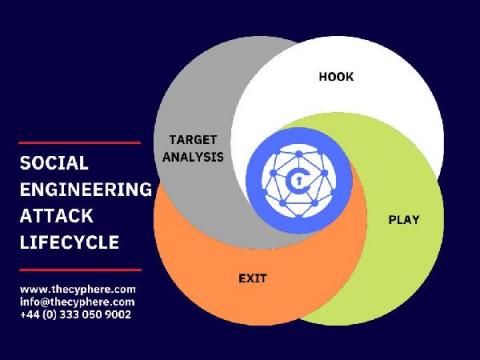What is Cyber Resilience?
Since the covid-19, the cyber incident ratio has drastically increased and shows no signs of settling down. In just one year, cyber-attacks have targeted big enterprises, government agencies of the world’s leading countries, educational institutes, non-government organisations (NGOs), and small to mid-sized businesses. It is estimated that threat actors carry out cyber attacks every 39 seconds, which is relatively faster than before.



